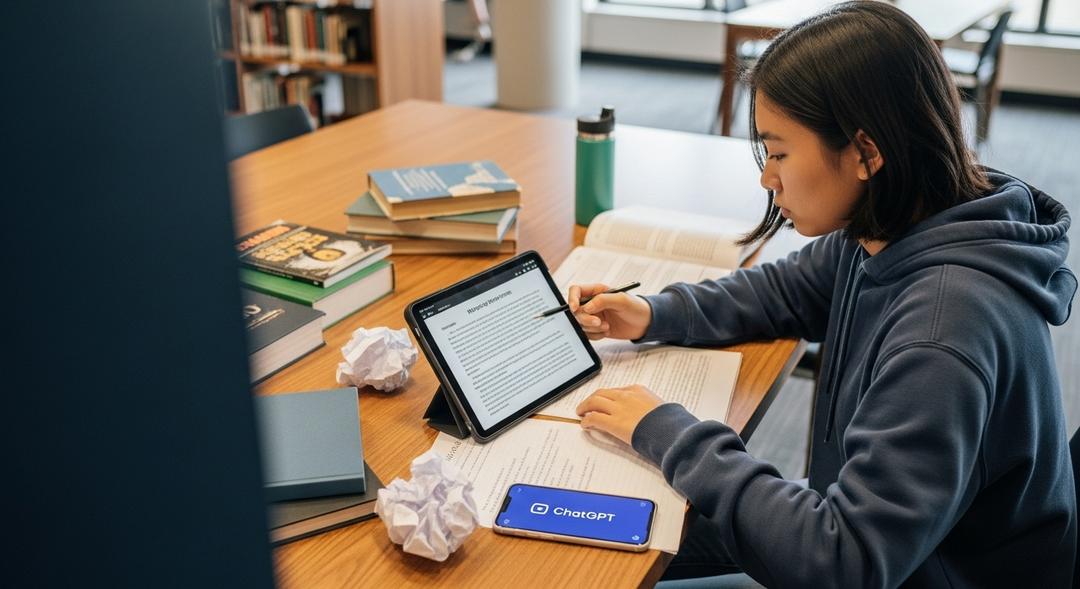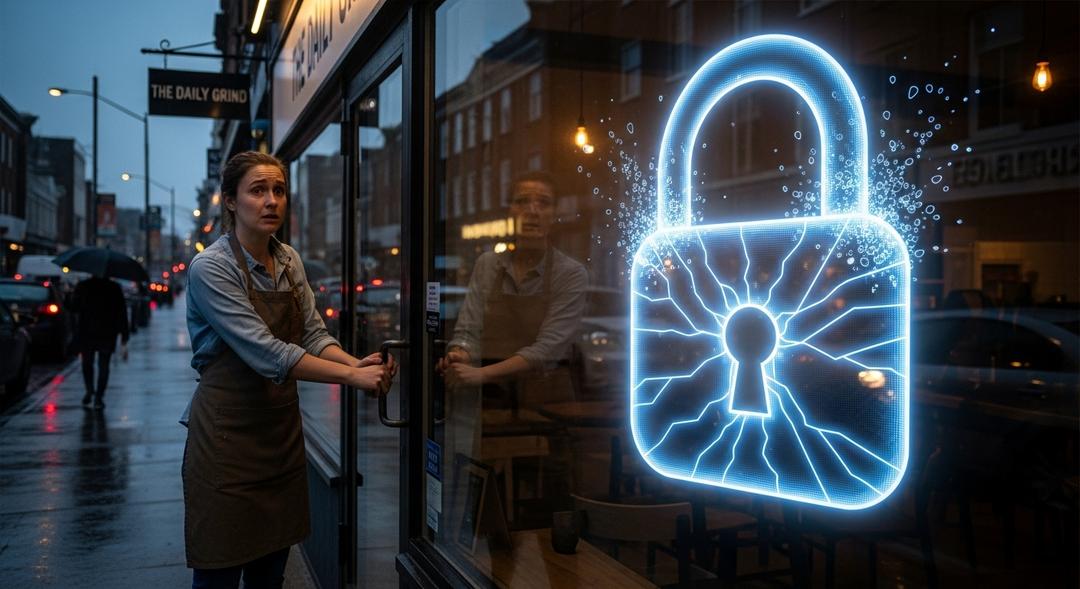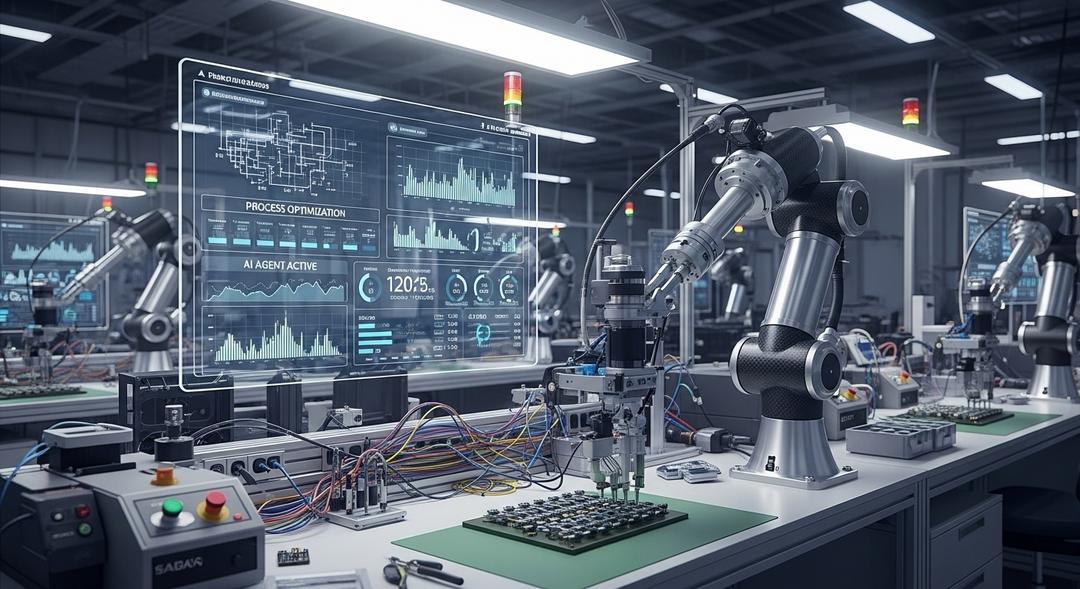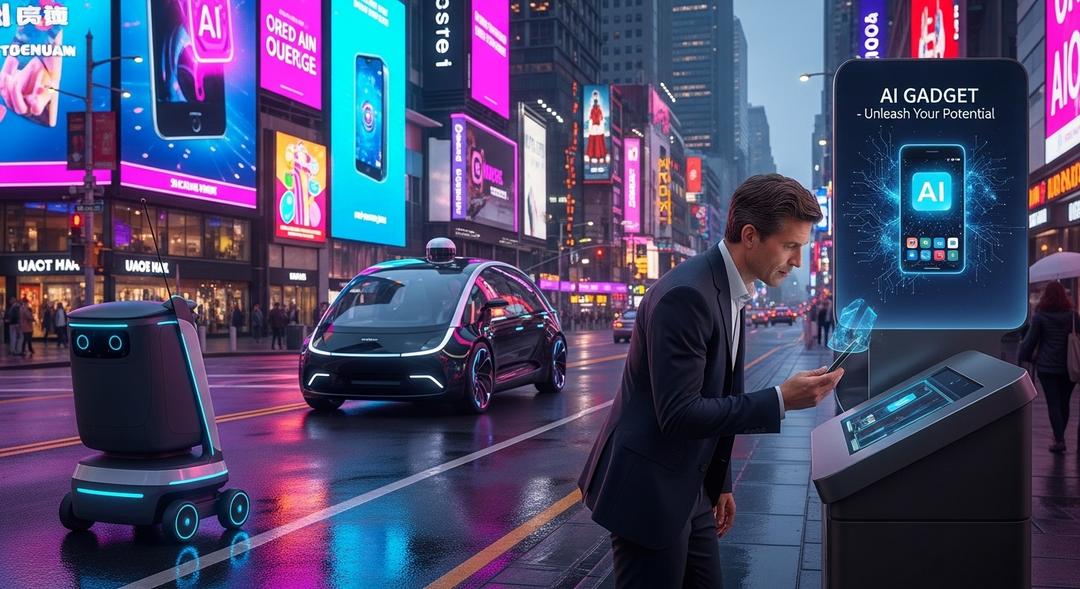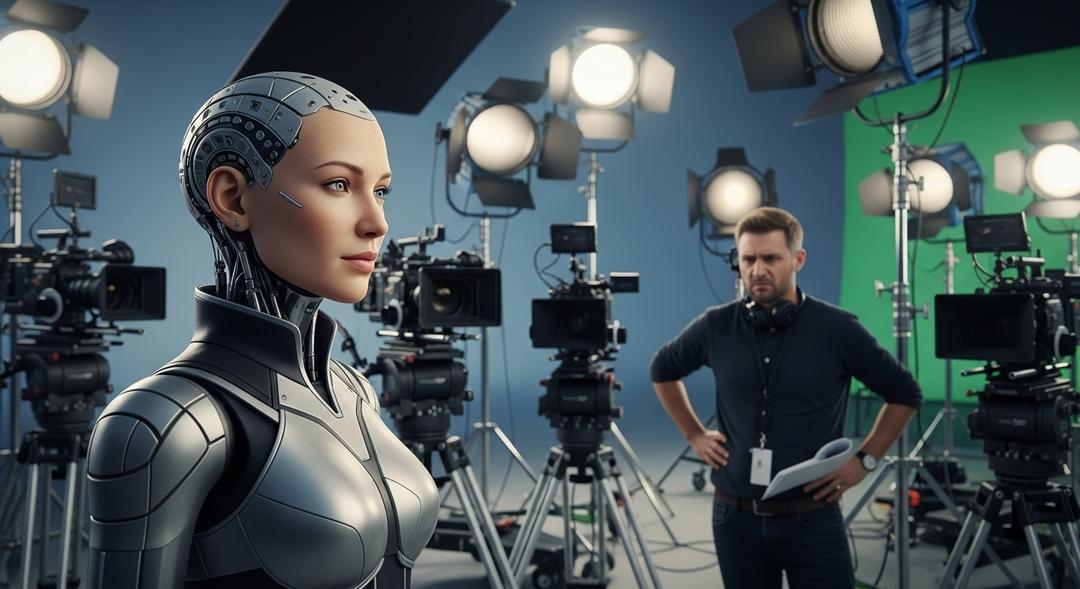The secret is out: students are flocking to artificial intelligence more than ever when it comes to their assignments.
Across universities, an overwhelming majority now turn to tools like ChatGPT, describing the experience as both safe and supportive. Many say these AI platforms give information without judgment, letting them explore ideas without fear of criticism or embarrassment.
A recent survey found that nearly eighty percent of students polled regularly use generative artificial intelligence for their studies. It is not just a passing phase; the trend has grown rapidly in only two years.
Last year, another study revealed that about a quarter of students depend on these technologies for writing and research tasks. Many say the privacy and the absence of human judgment are core reasons for their loyalty to AI helpers.
The Double-Edged Impact of AI in Learning
Yet, the convenience of these digital assistants comes with new questions about their impact on learning. Research from MIT, newly released but not yet peer reviewed, points to worrying outcomes when students lean too heavily on large language models.
The study compared students who wrote with AI assistance to those who used traditional methods. The AI users displayed less brain activity tied to deep memory and struggled more to remember information later.
Researchers suggest that relying on generative artificial intelligence could genuinely weaken learning, particularly for younger students just building foundational skills.
Beyond academic habits, the conversation now includes a closer look at how these platforms are created. Akli Adjaoute, an artificial intelligence security expert, commented, “AI does not invent knowledge. It learns from data created by people. And people, even with the best intentions, carry assumptions, disagreements, and historical baggage.”
Adjaoute warned that if the underlying data contains problematic stereotypes, AI systems might do more than simply reflect bias — sometimes, they magnify it. The growing sophistication of these tools does not necessarily mean they are getting fairer or more balanced over time.
Meanwhile, the education sector faces a challenge. Generative artificial intelligence continues to evolve at a dizzying pace, but schools and universities have not agreed on clear rules for its use in academic settings.
The debate over how much students should be allowed to rely on artificial intelligence is only getting started.
